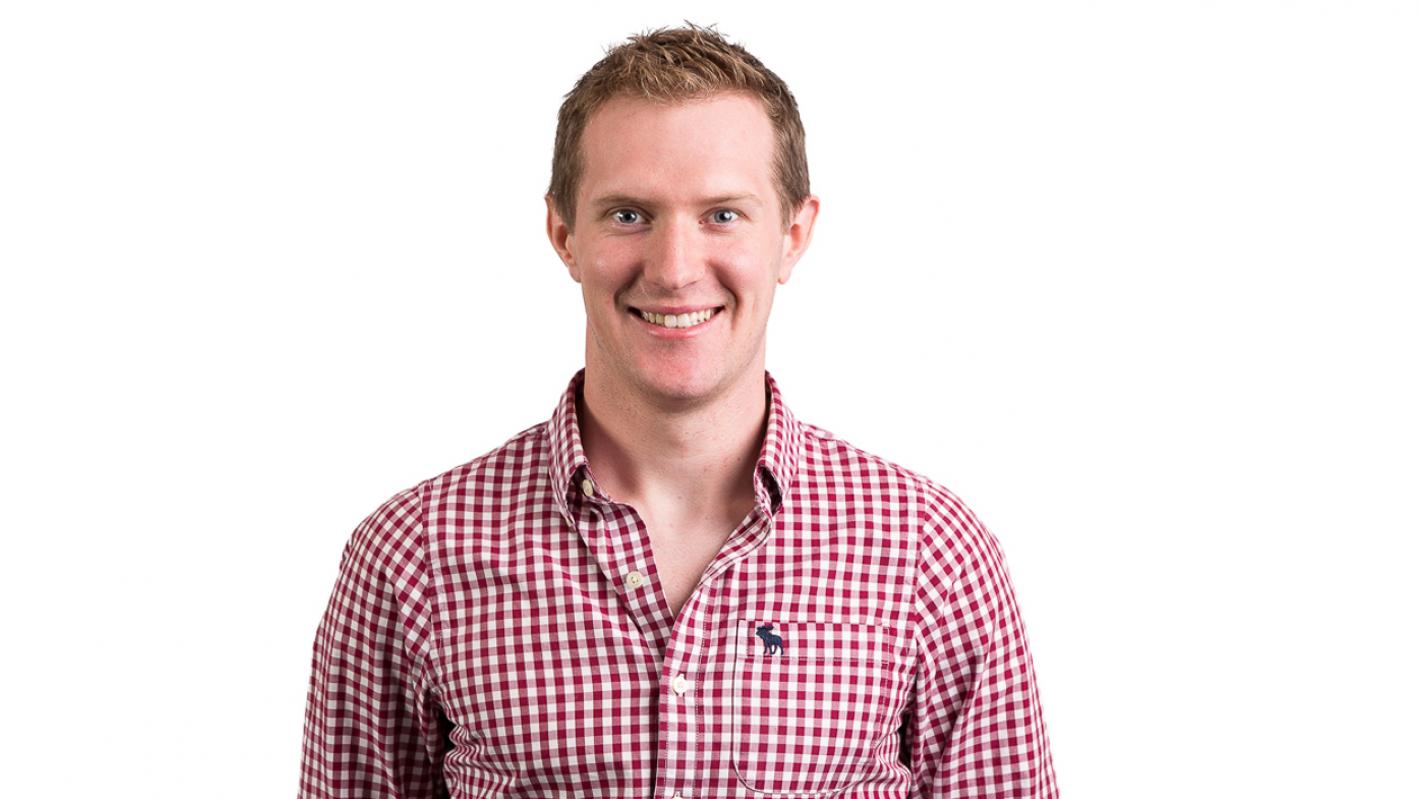
Thomas Houlihan, graduate engineer
Graduate Thomas Houlihan landed a place on Roughan & O’Donovan’s Graduate Development Programme in 2017. He reveals what he did to impress the company, and his top tips for job seeking grads
I am a structural engineer on ROD’s graduate development programme.
I am currently working on site on the A6 Randalstown to Castledawson ECI project in Antrim. As a member of the Designer’s Site Representative (DSR) team, I answer queries in relation to the designs provided and ensure the contractor fully understands the drawings and specifications before executing the construction. I am also involved in the daily inspection and sign-off of completed works.
I am responsible for carrying out minor design changes that arise during construction. This involves liaising with ROD’s designers in head office to ensure the changes do not compromise the original design specifications and to verify the proposed variation.
I provide assistance to my senior colleagues in drawing up the structures maintenance manuals and the monthly reports associated with construction.
I studied at Cork Institute of Technology (CIT) where I completed both an undergraduate and a master’s degree in structural engineering.
I knew I wanted to become a chartered structural engineer from the time I started my undergraduate degree. I wasn’t sure of the area of structural engineering I wanted to specialise in, but I knew I was interested in both bridges and buildings.
I always had a keen interest in design-based projects in college, and I enjoyed modules such as mechanics, advanced structural analysis, reinforced concrete design and structural steel design. As a result, I was drawn towards design office positions as opposed to site engineering jobs.
I applied to three engineering consultancies in all. I considered location; company size; the nature of the graduate programme; the type of projects each were involved in; the opportunities for career progression and the chartership supports available.
ROD’s offering was the best one in terms of what mattered most to me - the graduate development programme and the future career development opportunities.
The programme is a great platform for young engineers to build on. It provides an insight into a variety of disciplines within the field of engineering, ultimately producing a well-rounded engineer and an effective team player.
Having a master’s qualification was certainly a help, but on the day of the interview, I felt I did a good job of communicating my ambition to become a chartered engineer and my extensive interest in innovative engineering practices.
I worked in CIT’s research and innovation centre, NIMBUS, during my time as an undergraduate. I was part of a team involved in improving water treatment facilities using modern technology for the monitoring and operations of treatment plants.
The experience helped me to understand how an innovative work environment functions and the importance of core transferable skills, such as team work, communication and organisation.
It is really important to submit a well-written CV and cover letter that explains why you would like to work in ROD and how it fits in with your wider career development plan.
You need to discuss your personal strengths; your interest in the company; your knowledge of the projects the company has worked on; your preferred modules at college and your final year project.
Take full advantage of the career guidance supports available within your college/university when completing the application – it certainly helped me!
